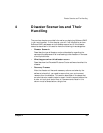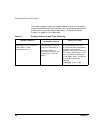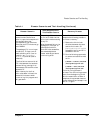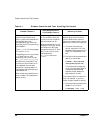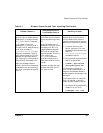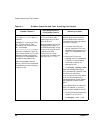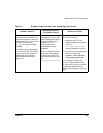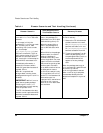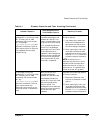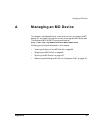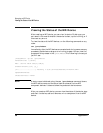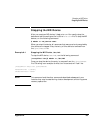
Disaster Scenarios and Their Handling
Chapter 492
In this case, the package (P1)
runs with RPO_TARGET set to 60
seconds.
Package P1 is running on node
N1. P1 uses a mirror md0
consisting of S1 (local to node
N1, for example
/dev/hpdev/mylink-sde) and
S2 (local to node N2). The first
failure occurs when all FC links
between two data centers fail,
causing N1 to lose access to S2
and N2 to lose access to S1.
After the package resumes
activity and runs for 90 seconds,
a second failure occurs causing
node N1 to fail.
The package (P1) continues
to run on N1 with md0
consisting of only S1 after
the first failure
After the second failure, the
package does not start up
on N2 because when it tries
to start with only S2 on N2,
it detects that S2 is
non-current for a time
period which is greater than
the value of RPO_TARGET.
In this scenario, no attempts are
made to repair the first failure
until the second failure occurs.
Complete the following procedure
to initiate a recovery:
1. To recover from the first
failure, restore the FC links
between the data centers. As a
result, S1 is accessible from
N2.
2. After the FC links are
restored, and S1 is accessible
from N2, run the following
command to restart the
package on N2.
# cmrunpkg <package_name>
When the package starts up on
N2, it automatically adds S1 back
into the array and starts
re-mirroring from S1 to S2. When
re-mirroring is complete, the
extended distance cluster detects
and accepts S1 as part of md0
again.
For the second failure, restore N1.
Once it is restored, it joins the
cluster and can access S1 and S2.
1. Run the following command to
enable P1 to run on N1:
# cmmodpkg -e P1 -n N1
Table 4-1 Disaster Scenarios and Their Handling (Continued)
Disaster Scenario
What Happens When
This Disaster Occurs
Recovery Process




